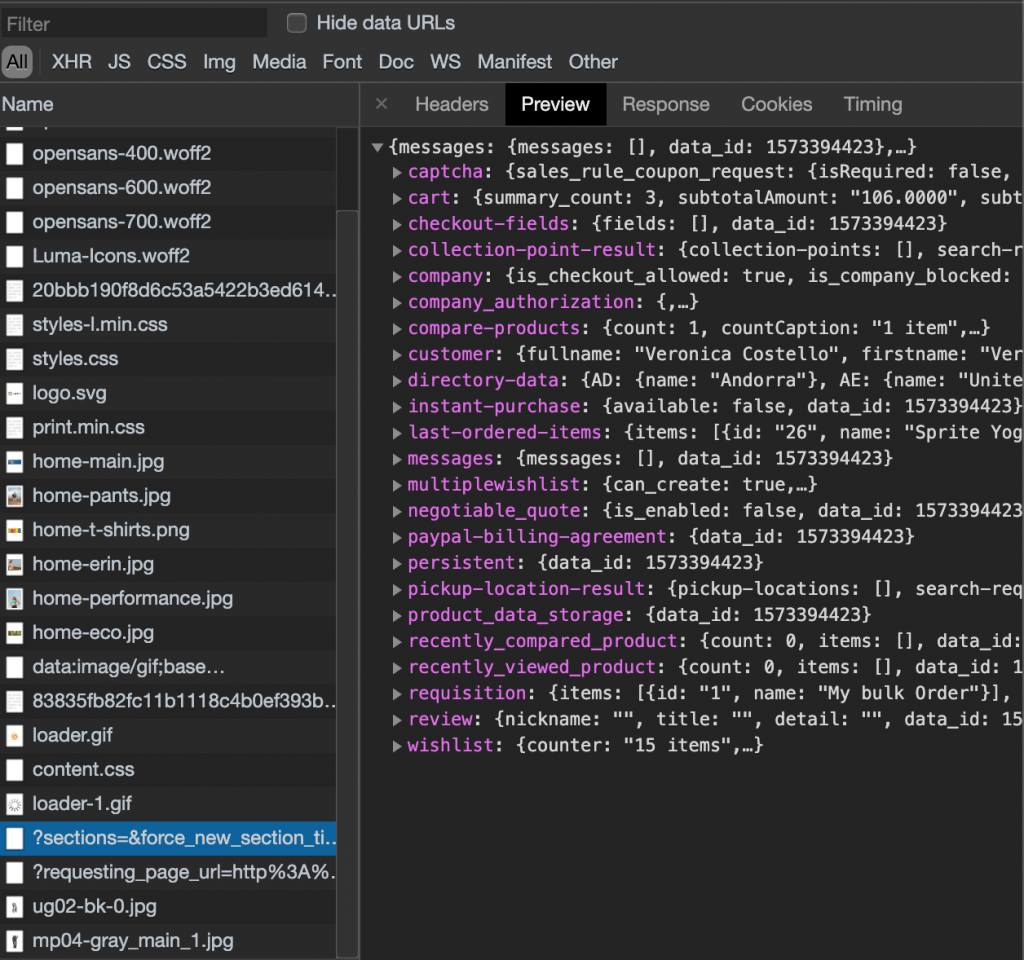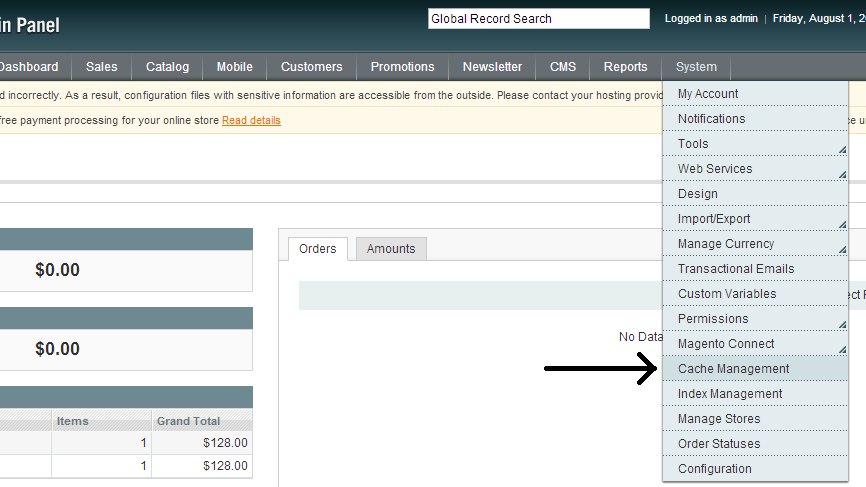

If ZDD is enabled, you will need to run the commands to make your new code live. To reinitialize, run the /usr/share/stratus/cli autoscaling.reinit command. If autoscaling is on and ZDD (Zero Downtime Deployment) is not enabled, the changes are in a folder that is included in the autoscaling configuration, the autoscaling may need reinitializing. Go to Varnish > Info in the STRATUS Admin panel.The easiest way to do clear Vanish without root access: Clear the local browser cache or test with an incognito tab in Chrome or private tab in Firefox.Re-compile or reset production mode (this also clears static files).Re-deploy static files (clear pub/static, then deploy).In no particular order, check all of these sources: If product or theme changes on a Magento 2 site are not showing, there are numerous caches that might need to be cleared. Manually Uninstalling Magento 2 Extension Using Terser to Speed Magento 2 JS Delivery Using MagePack to Speed Magento 2 JS Delivery Using Baler to Speed Magento 2 JS Delivery None Of My Site Changes Appear In Magento 2 For more information about caching, see RFC-2616 section 13.Multistore Subfolders Configuration Method Only HTTP GET and HEAD requests are cacheable. You should limit stored private content to a small portion of the page’s total content. Examples of private content include wishlist, shopping cart, customer name, and address. Private - Private content is stored client side (e.g., browser) and is specific to an individual customer. Examples of public content include header, footer, and category listing. Public - Public content is stored server side in your reverse proxy cache storage (e.g., file system, database, Redis, or Varnish) and is available to multiple customers. To address these challenges, Magento can distinguish between two types of content: However, most Magento websites generate dynamic and personalized “private” content that should only be served to one user, which presents unique caching challenges. Reverse proxies serve “public” or shared content to more than one user. Doing so has an adverse affect on performance. To create an uncacheable page, mark any block on that page as uncacheable in the layout using cacheable="false".Įxamples of uncacheable pages include the compare products, cart, checkout pages, and so on.ĭo not configure content pages (i.e., catalog, product, and CMS pages) to be uncacheable. (By default, all pages are cacheable.) If any block in a layout is designated as uncacheable, the entire page is uncacheable. File system (You don’t need to do anything to use file-based caching.)Ĭacheable and uncacheable are terms we use to indicate whether or not a page should be cached at all.We recommend using Varnish, but you can use Magento’s default caching mechanism instead, which stores cache files in any of the following:

A reverse proxy acts as an intermediary between visitors and your application and can reduce the load on your server.
#Magento 2 set private cache full
The Magento page cache library contains a simple PHP reverse proxy that enables full page caching out of the box. Retrieving stored ( cached) content from a previous request for the same client instead of requesting files from your server every time someone visits your site is a more efficient use of network bandwidth. Generally speaking, there are two methods of caching content:


 0 kommentar(er)
0 kommentar(er)
